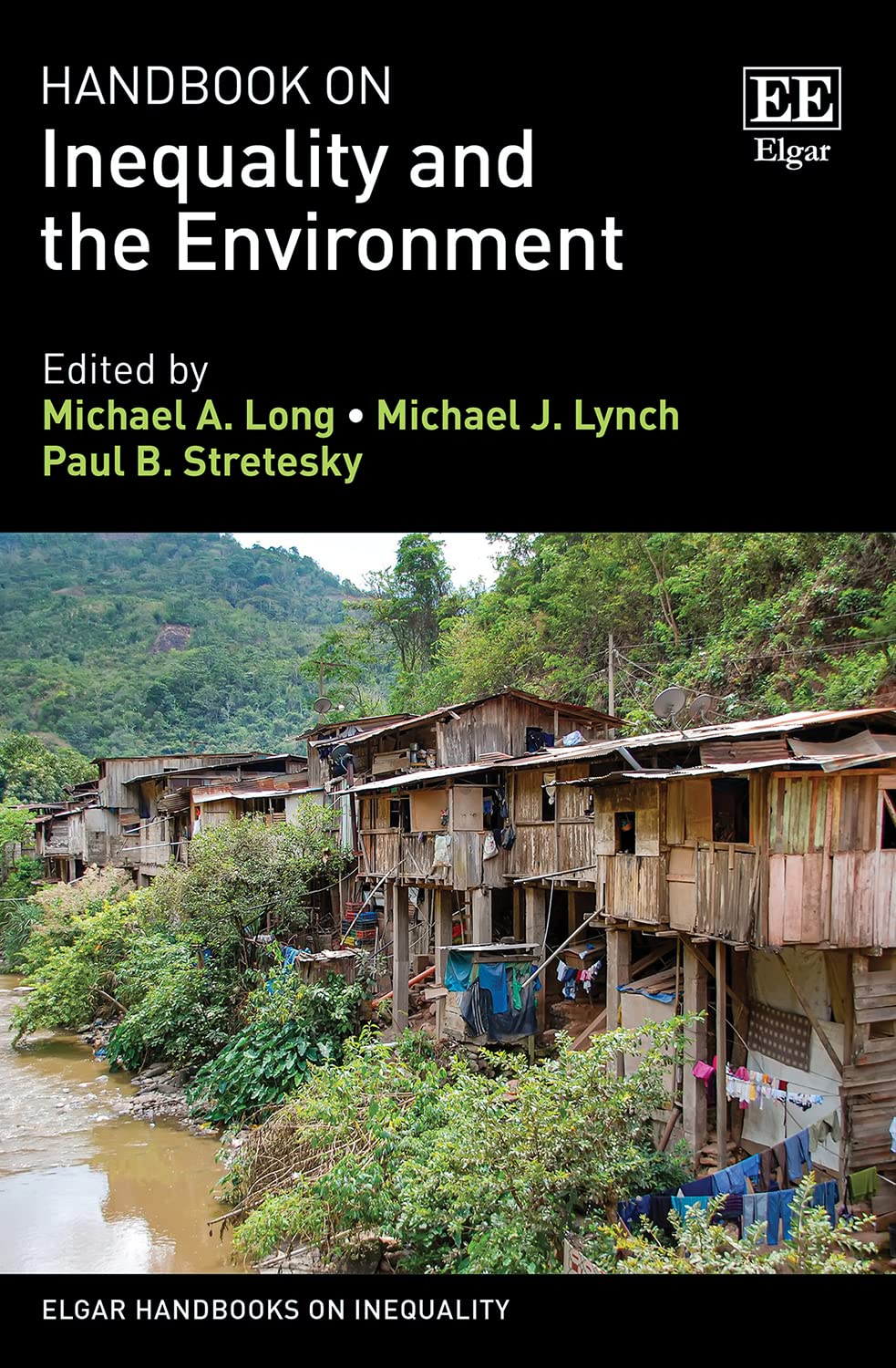
Environmental inequality and rights of nature among Indigenous Peoples in North America
Julie Schweitzer, Olivia M. Fleming, Tamara L. Mix
Colonial-capitalist systems promote structural environmental inequalities that disproportionately impact Indigenous Peoples and ancestral territories. This article examines the role of a Rights of Nature (RoN) framework in articulating responses to environmental inequality through two cases of Indigenous Environmental Justice (IEJ) movements in Canada–the Idle No More (INM) movement and the Wet’suwet’en Nation’s protective actions. Building on previous RoN and IEJ scholarship, the authors ask: How is the RoN framework employed to address issues of environmental inequality? They find that INM relies on broad references to nature to respond to omnibus Bill C-45, adapting the Nature’s Rights Model, while Wet’suwet’en Nation’s actions align more closely with the Legal Personhood Model in organizing against the Coastal GasLink pipeline and encouraging recognition of Indigenous laws. Altogether enhancing sovereignty claims, the authors argue that RoN is a framework promoting environmental equity and a tool for resistance to and disruption of settler colonial translations of nature.